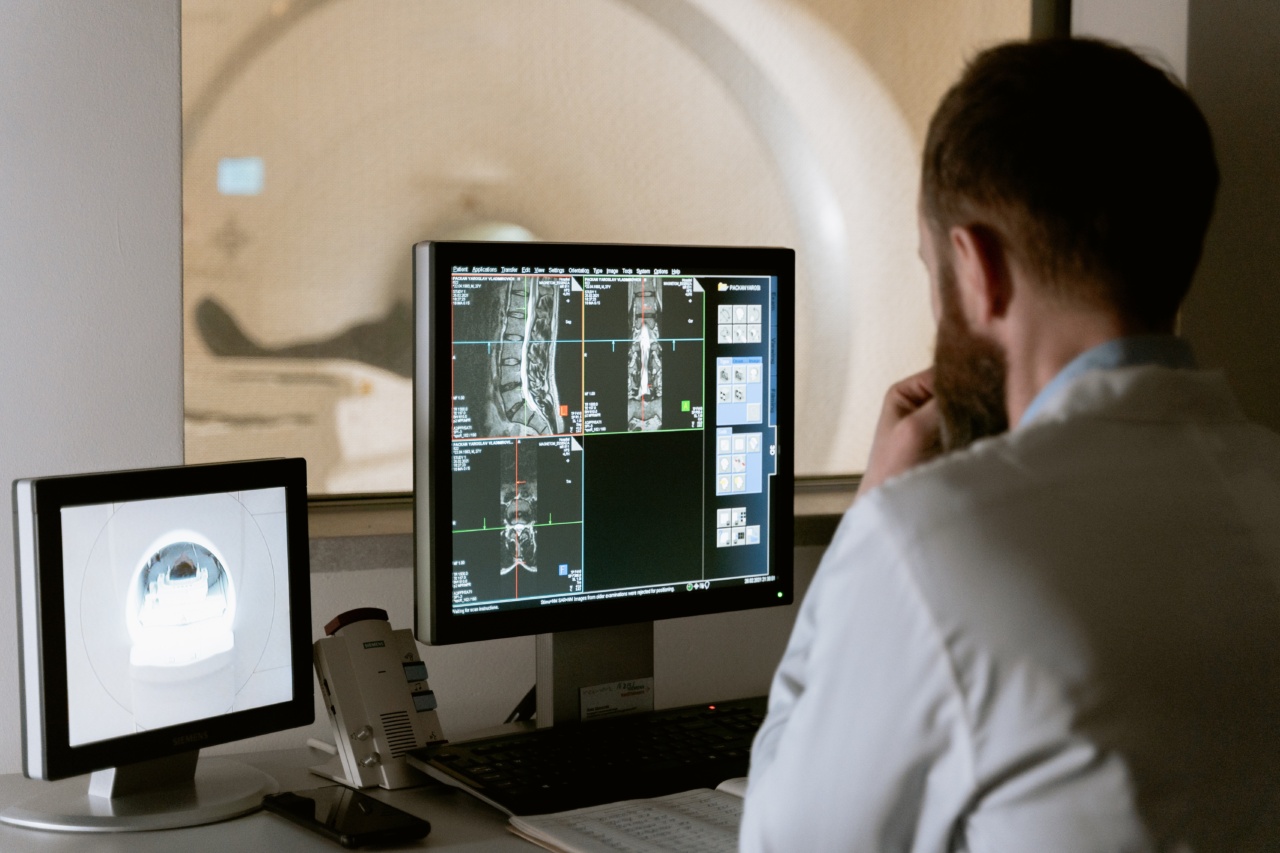Menopause is a natural biological process that marks the end of a woman’s reproductive life. It occurs when a woman’s ovaries stop producing eggs, resulting in a decline in estrogen levels.
This hormonal shift can lead to various health issues such as osteoporosis, the weakening of bones. However, recent studies have found a possible link between atmospheric pollution and the reduction of bone health during menopause.
What is Atmospheric Pollution?
Atmospheric pollution, also known as air pollution, occurs when harmful substances such as gases, particulates, and biological molecules are released into the earth’s atmosphere.
These harmful substances can come from natural sources such as forest fires and volcanic eruptions or human activities such as transportation and industrial factories. The most common pollutants include carbon monoxide, sulfur dioxide, and nitrogen oxides.
How Atmospheric Pollution affects Bone Health during Menopause?
Studies suggest that long-term exposure to atmospheric pollution can lead to a decline in bone mineral density, increasing the risk of osteoporosis. This is particularly the case during menopause when women are already vulnerable to bone loss.
Atmospheric pollution can also lead to an increase in inflammation and oxidative stress, which can further damage bones and increase the risk of bone fractures.
Impact of Fine Particulate Matter (PM 2.5) on Bone Health during Menopause
Particulate matter, also known as PM, is a major component of atmospheric pollution. PM 2.5, a type of fine particulate matter, has been linked to various health issues such as respiratory diseases and cardiovascular problems.
Recent studies have suggested that it may also have an adverse effect on bone health during menopause. PM 2.5 can lead to a decrease in bone density and increase the risk of bone fractures. It can also lead to an increase in inflammation and oxidative stress, which can further damage bones.
Effects of Traffic Pollution on Bone Health during Menopause
Traffic pollution, another type of atmospheric pollution, is a major source of air pollution in urban areas. It occurs when harmful substances are released by automobiles and other modes of transportation.
Exposure to traffic pollution can lead to a decline in bone mineral density, increasing the risk of osteoporosis. Studies have also suggested that exposure to traffic pollution can increase the risk of bone fractures and lead to an increase in inflammation and oxidative stress, further damaging bones.
Effects of Indoor Pollution on Bone Health during Menopause
Indoor pollution, which occurs in poorly ventilated areas, can also have an adverse effect on bone health during menopause.
Indoor air pollutants such as tobacco smoke, cooking fumes, and cleaning chemicals can lead to a decline in bone mineral density, increasing the risk of osteoporosis. These pollutants can also lead to an increase in inflammation and oxidative stress, which can further damage bones.
Prevention of Atmospheric Pollution-Related Bone Health Issues during Menopause
While it may not be possible to completely avoid atmospheric pollution, there are several steps that can be taken to reduce exposure and minimize its impact on bone health during menopause. These include:.
- Avoiding exposure to traffic pollution by taking public transportation or walking when possible
- Using air purifiers and ventilation systems to reduce indoor air pollution
- Avoiding smoking and secondhand smoke
- Reducing exposure to cleaning chemicals by using natural cleaning products
- Eating a healthy diet rich in calcium and vitamin D to support bone health
Conclusion
Atmospheric pollution has a significant impact on human health, particularly on bone health during menopause.
Long-term exposure to this type of pollution can lead to a decline in bone mineral density, increasing the risk of osteoporosis and bone fractures. While it may not be possible to completely avoid atmospheric pollution, steps can be taken to reduce exposure and mitigate its impact on bone health.
By taking these steps, women can improve their overall health and reduce the risk of bone-related health issues during menopause.






























